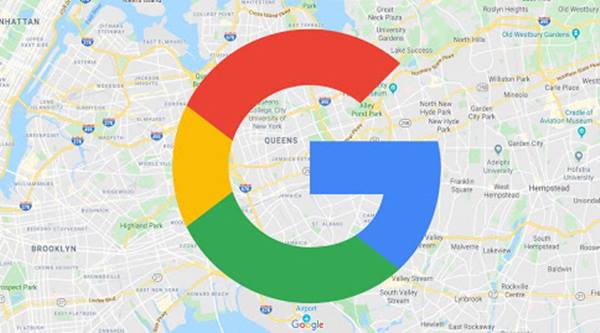Unfortunately, Google Maps has limited capacity for multiple locations on a map simultaneously. The native application will only allow users to input ten places simultaneously. Although this may be reasonable for personal use, it’s problematic for businesses. After all, what if you need to use the platform to manage hundreds of customers at a time? Most often, ten locations simply aren’t going to cut it for serious mapping projects. Third-party mapping software was designed to bridge the gap for users wanting a mapping platform without strict limitations. Many programs use cloud-based technology built on the Google Maps platform. As a result, users can access all the same functionality as the website without strict limitations. It allows users to map multiple locations on Google with unlimited flexibility.
How to Map Multiple Locations at the Same Time
With mapping software, uploading multiple locations is available in a few short clicks. You’ll be able to plot spreadsheets of addresses on a map simply through the upload functionality.
How to Map Multiple Locations at the Same TimeHow to Create Your SpreadsheetUploading Your Addresses and Files into the SoftwareGenerating and Customizing the MapUsing Google Maps Instead of Third-Party Software
To get started, you’ll want to save your list of addresses in an accessible spreadsheet file (most programs allow Google Sheets, CSV, or XLS). Upload the file into the dashboard of your mapping software to input the locations directly on the map. From there, automatically generate and customize your map.
How to Create Your Spreadsheet
To create a custom map with multiple locations, you’ll need a spreadsheet with all the locations. Most businesses find a spreadsheet the easiest way to import the details, starting with a minimum of two columns. The first column should include all address locations, and any subsequent columns are available for other descriptions. The more columns you add to the spreadsheet, the easier it will be to group and filter your results on the mapping software.
Uploading Your Addresses and Files into the Software
Once your list of all coordinates is final, you’ll want to log into the third-party mapping software and choose the “Create My First Map” button on the home page. Fill in the name for your map and give any additional description for the map to continue. Users can determine which content to upload to the map directly. Simply copy and paste the spreadsheet into the software or upload it directly from your device. If you’re using the Google Sheets functionality, choose that option directly to have it automatically imported. Alternatively, users can manually create a map from scratch with no prior data set by inputting the information manually into the software.
Generating and Customizing the Map
Once you’ve uploaded the address data, choose the map Now button on the software. The map will automatically generate the locations marked directly on the page. You’ll be able to review the data to ensure it’s correctly matched with the address fields. Users can update any incorrect information immediately.
Using Google Maps Instead of Third-Party Software
You’ll need to visit the Google Maps website if you’d like to try using Google Maps to upload the various locations. Make sure you’re signed into the platform and locate the Your Places option on the left-hand side. From there, you’ll want to create a map. Users will receive a prompt to add a title and description to the map, followed by manually inputting the data into the map. To add locations manually, users can name the location and save it to the map. Alternatively, users can manually select the map to add a marker or search for an address through the search bar at the top of the screen. A green marker will appear on the map to show you the expected results before manually adding it through the link. To add the map to your page, you’ll want to ensure the map is public on Google Maps. Continue this process to add each location to the map manually. Once all sites are added, save the map again and refresh the page. As this option only allows a maximum of ten locations, it can significantly limit many business owners.
